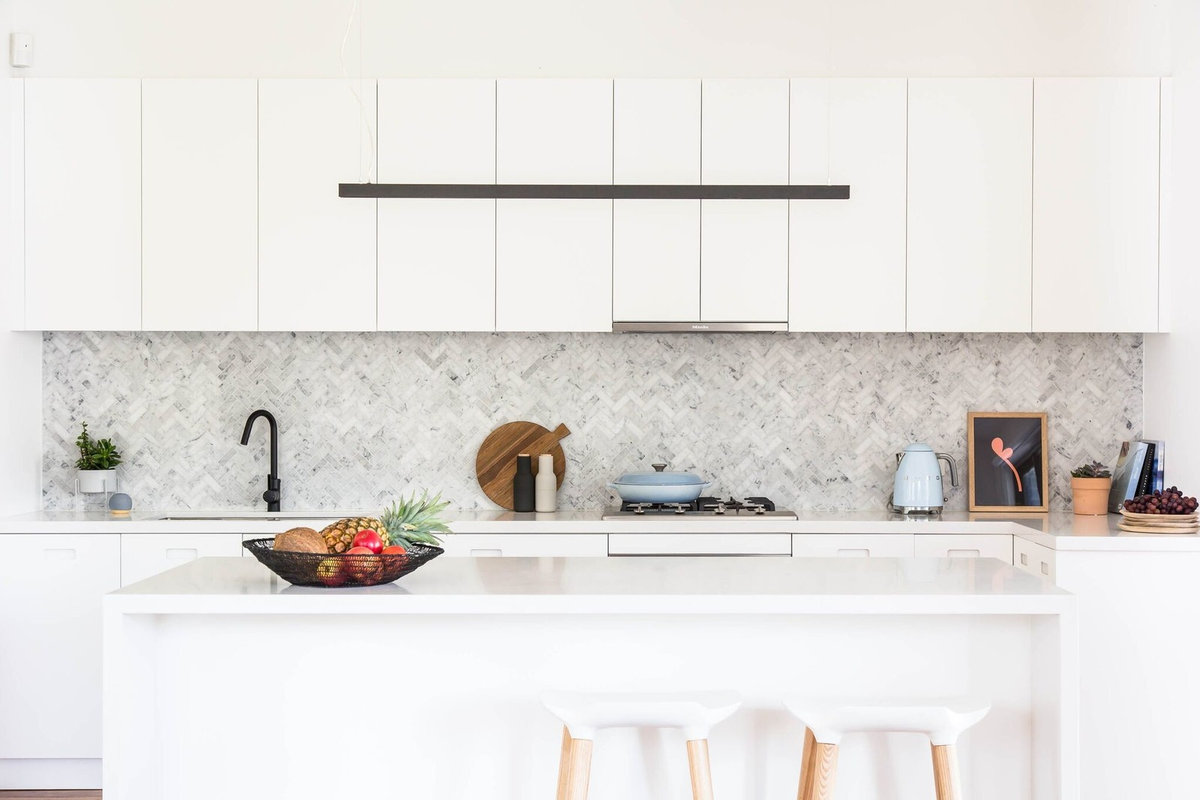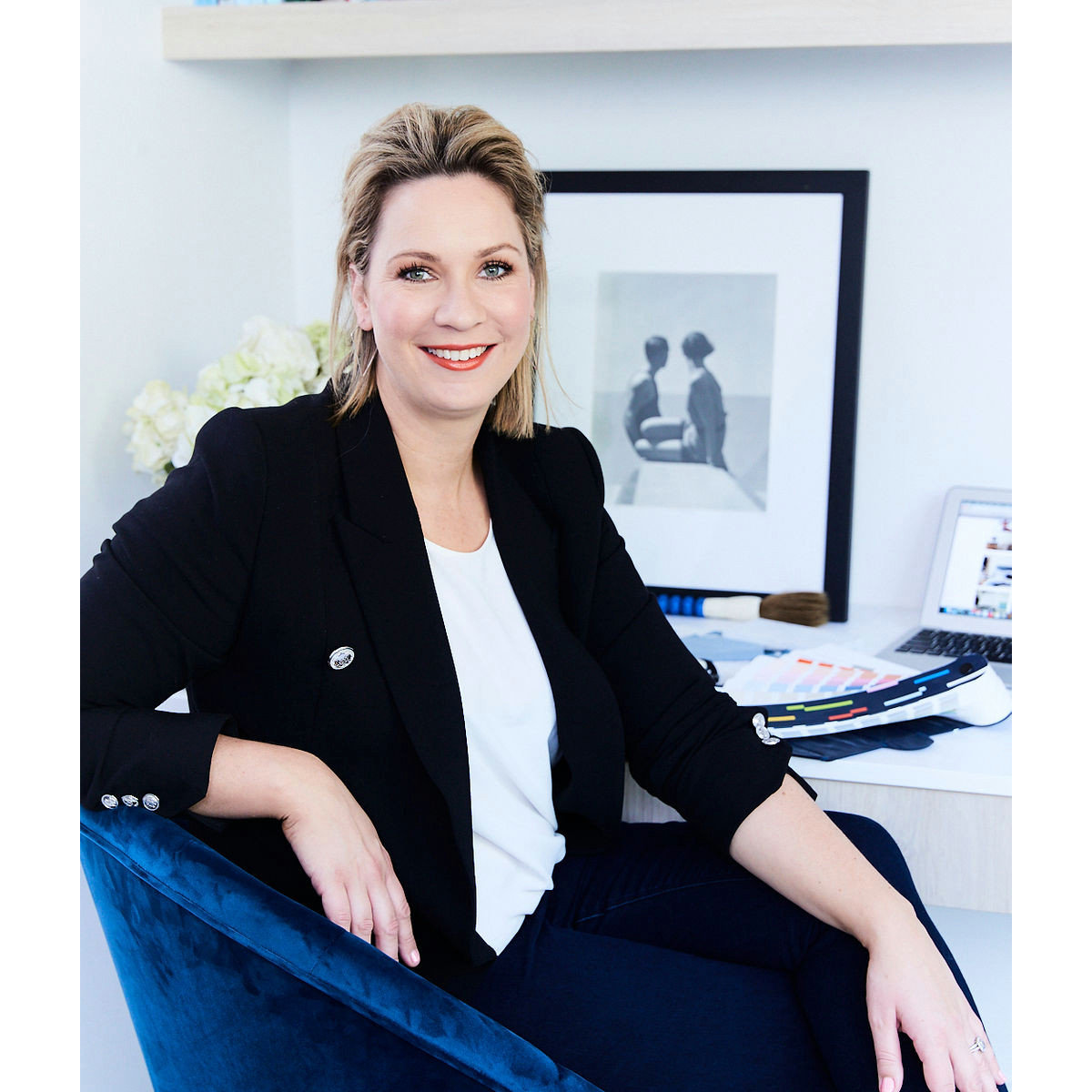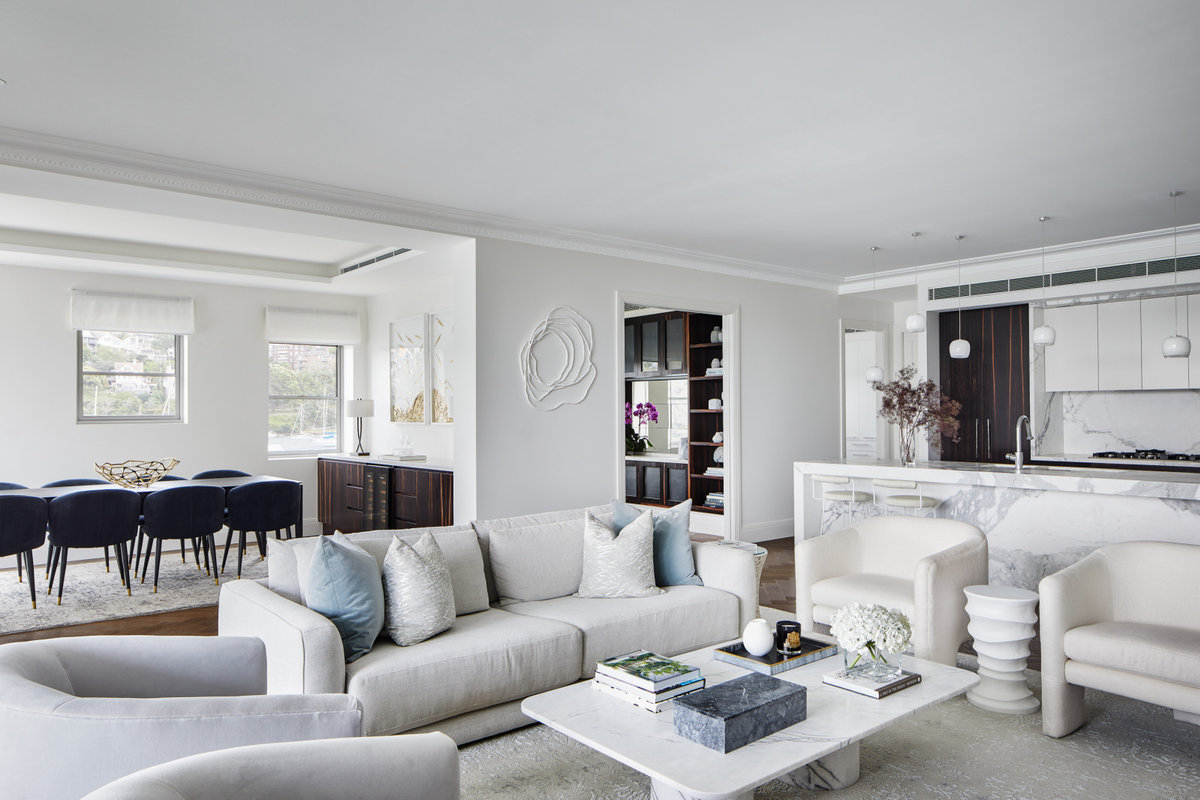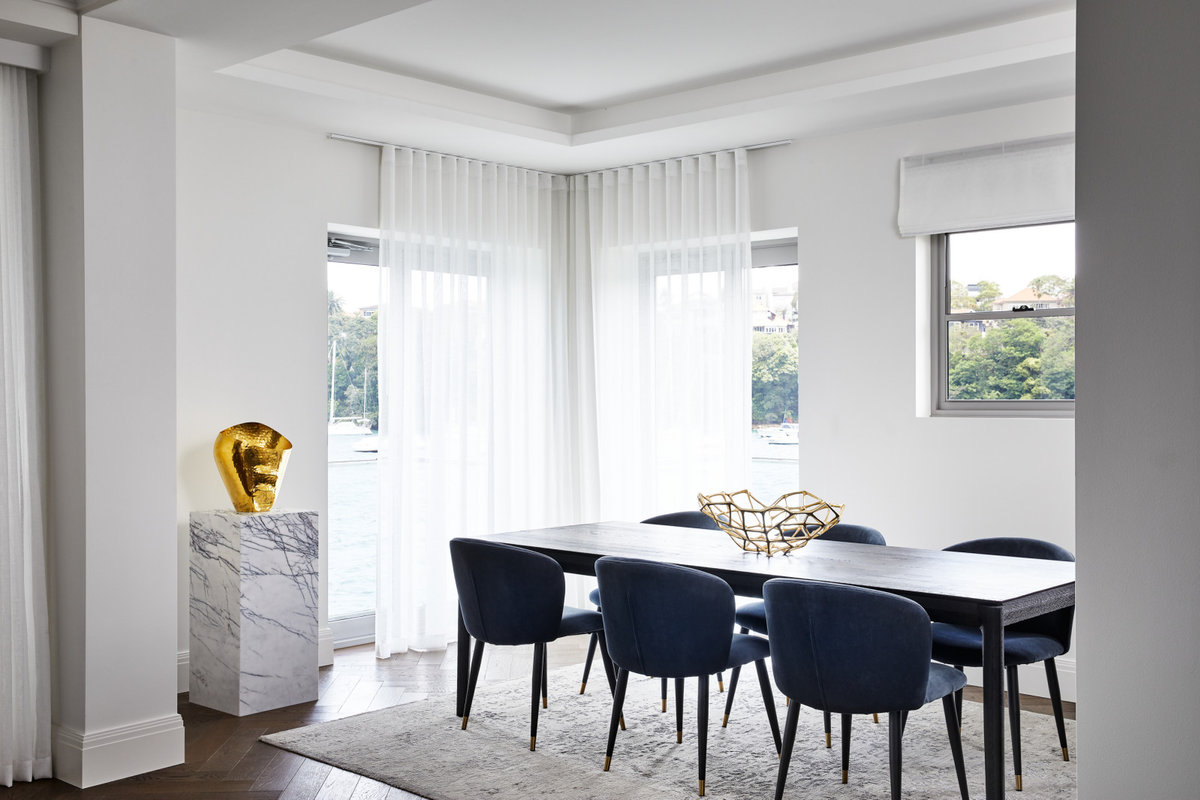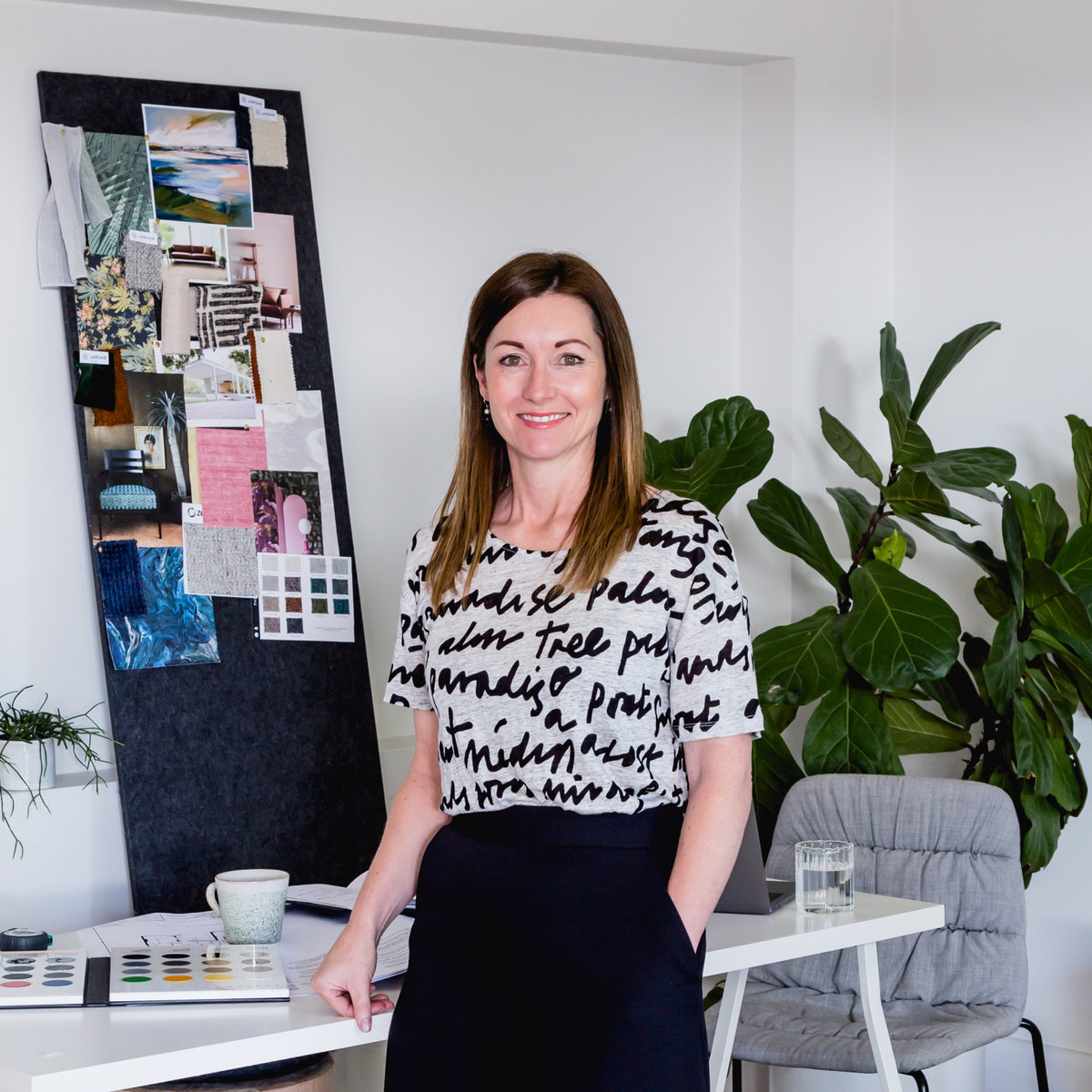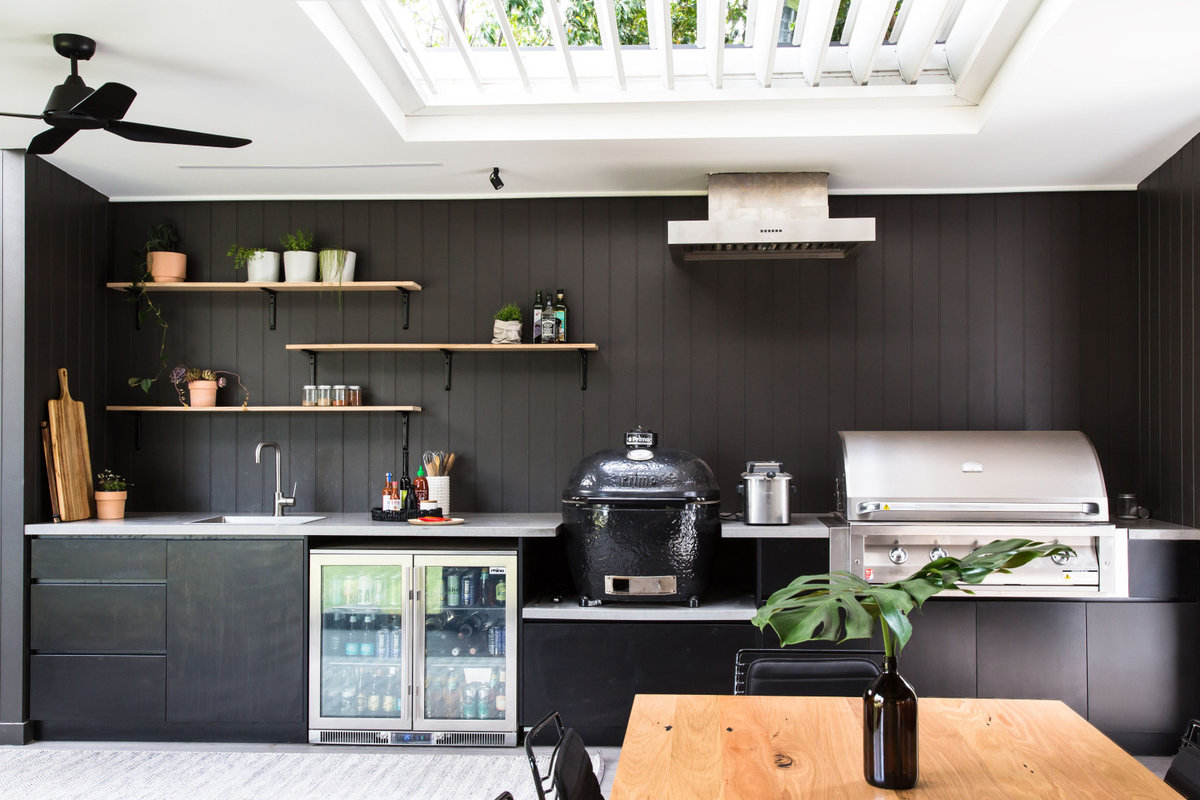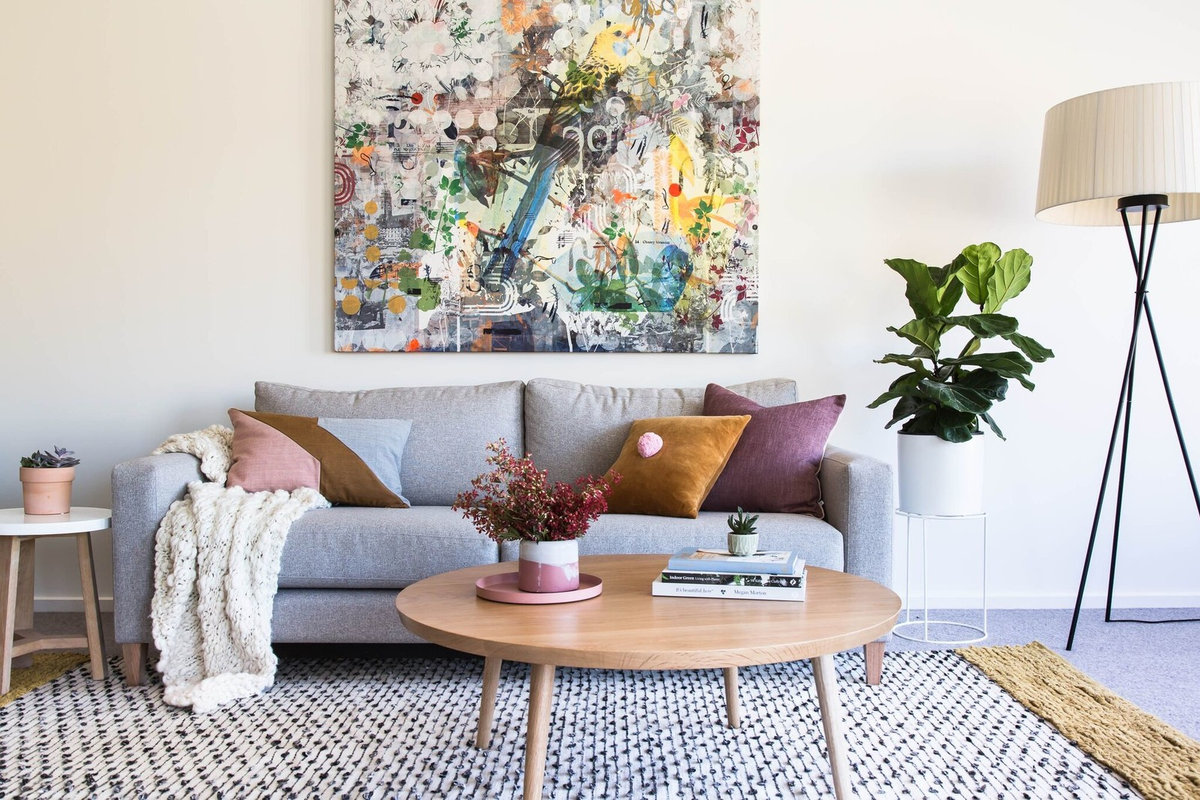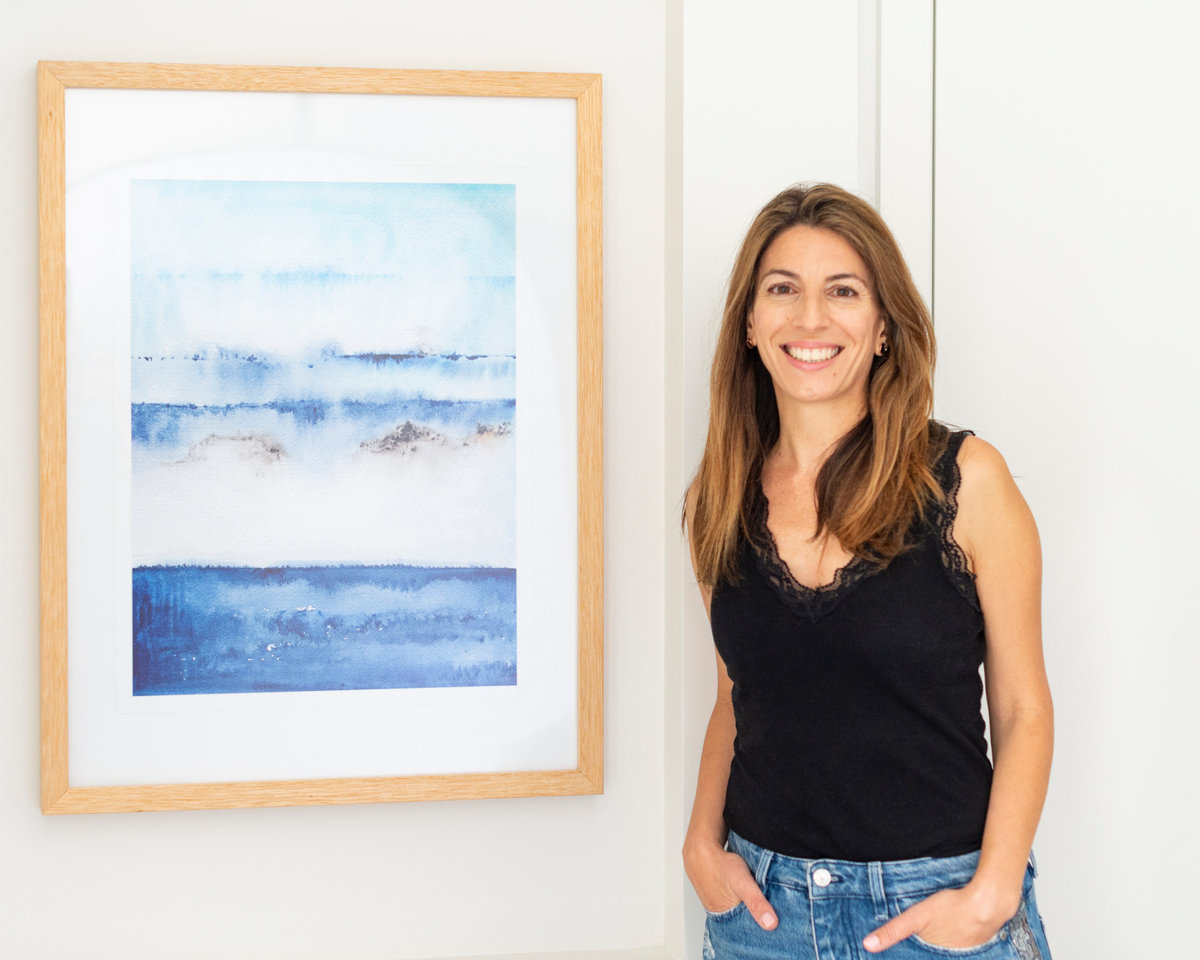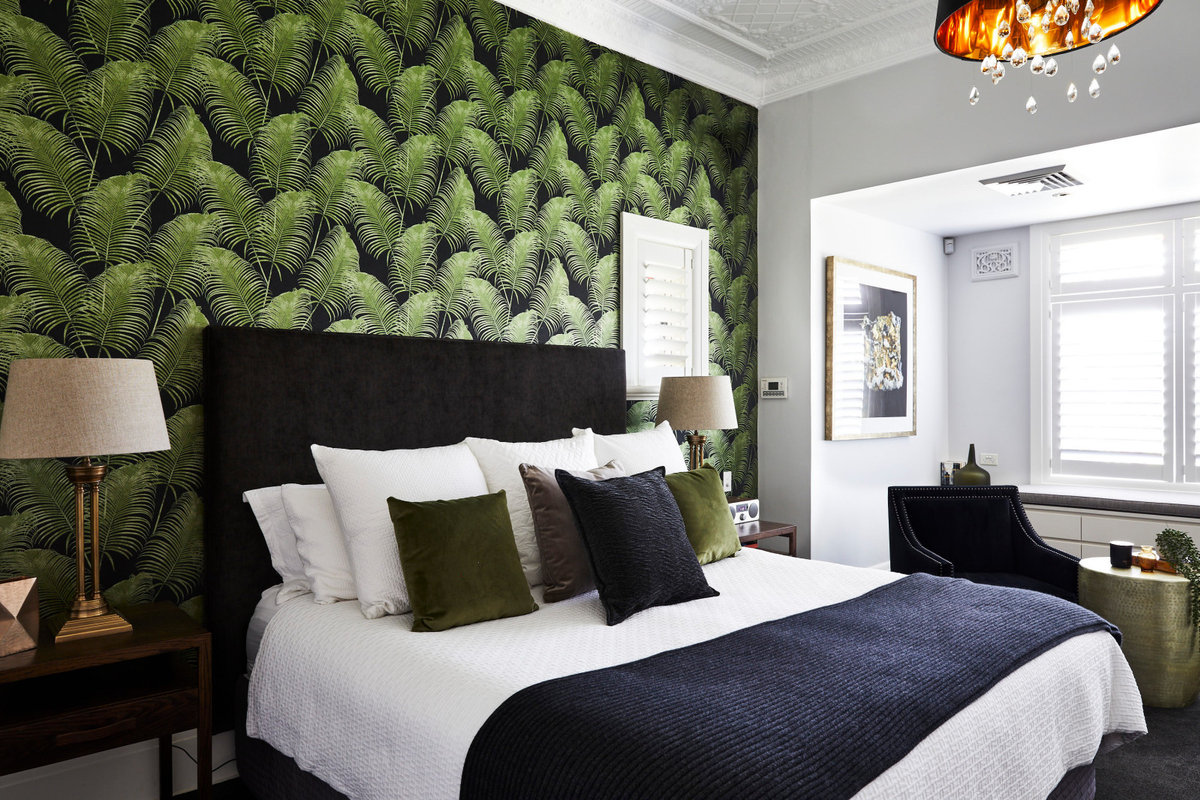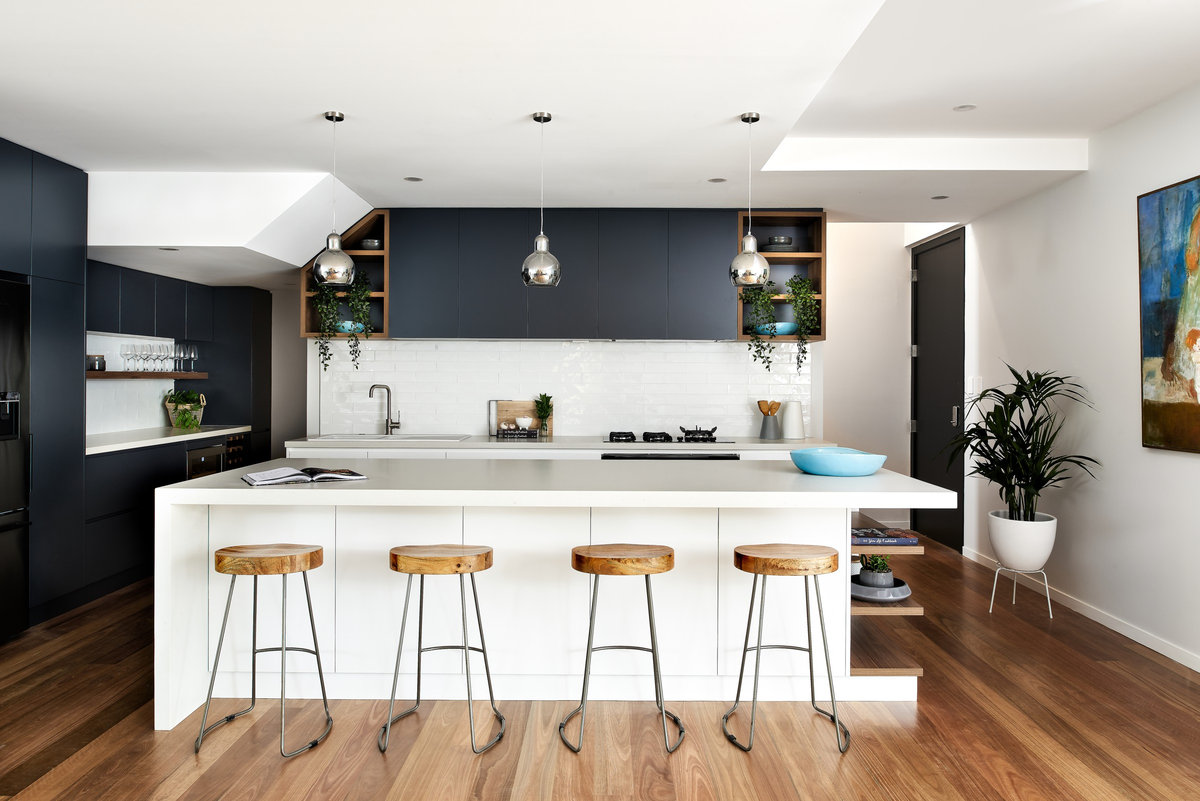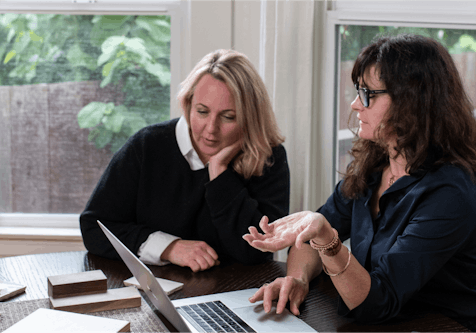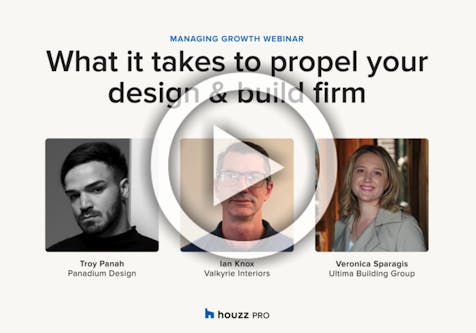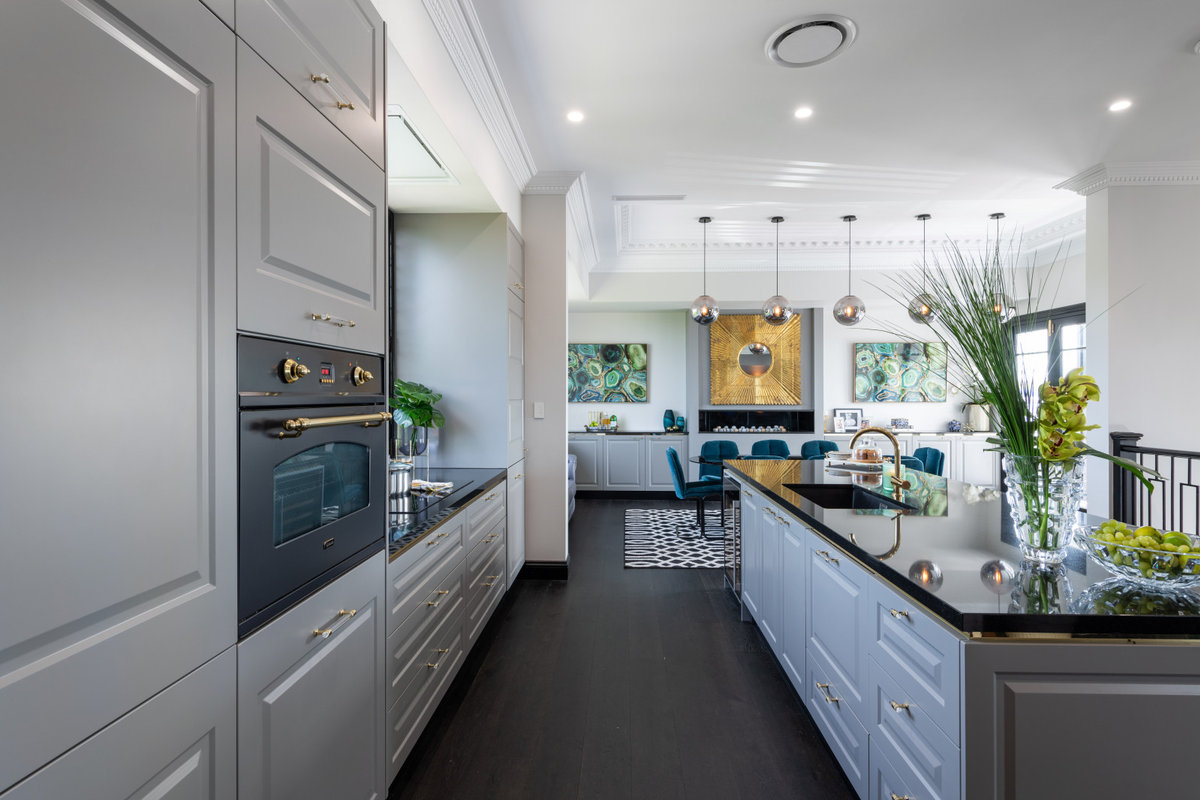3 Interior Designers: Early Career Mistakes and What I Learnt
Three interior designers share the important lessons that have helped shape their businesses and lives
The path to a successful career is rarely without its challenges. But it’s those early mistakes and stumbling blocks that can build character and resilience. We asked three interiors experts on Houzz to share the three biggest mistakes they made in their early days and how it shaped their professional lives.
Interior designer Liz Hayward, principal of Hayward & Co, Sydney, NSW
What were the three biggest mistakes you made when you started out?
Liz Hayward says:
Mistake 1:Not having confidence in my ability
I still catch myself on this from time to time, but I can now look at all I have achieved and realise that I could have only done it with hard work, determination and a strong skill set.
Mistake 2:Wanting to appeal to everyone
The industry is so subjective and while my clients may absolutely love my design, it is not necessarily appealing to everybody and I have had to remind myself that this is okay. I don’t want to appeal to everyone – and nor should any designer or decorator.
Mistake 3: Not knowing what I didn’t know
Running a small business was new to me and there were so many elements that I have had to learn along the way, from marketing and admin to legal and finances. I think if I knew at the beginning how much I would have to learn, it might have scared me right off. It was a case of ignorance is bliss!
What impact did these three mistakes have on your career?
The early mistakes I made have given so much drive to my business.
Like any job, running a small business and an interior decorating one at that comes with many ups and downs, and while it can be tough, it has also been a fantastic motivator.
When something goes pear-shaped or when there is a down point, I can stop and assess the situation and work out a way to avoid that in the future.
Making mistakes means you are growing and developing yourself and your business. If everything was smooth sailing all the time, then you’d have to ask if you were achieving your full potential.
And what did these mistakes teach you?
Resilience and persistence.
I have had to learn to take on constructive feedback, which at first can be hard to hear because you put everything you have into creating a beautiful, bespoke design concept. However, if the client doesn’t fall in love with it like you’d hoped, you have to listen and understand what they don’t like about it.
I now understand that it is ultimately their home and their space and you need to create a space they love. There is no room for egos.
When it comes to the business processes, I had to learn limitless persistence. It is the learning curve that never seems to end. Understanding and running a business is like opening Pandora’s box; you start to understand one element, which then opens up another box you need to get your head around. It is challenging but also rewarding.
See more resources for pros in Houzz Pro Learn
How did it change your approach?
I learnt to ask questions and really listen.
With clients I specifically ask “why?” Often it can be hard to find out the reason behind what they are telling you; they may be saying they dislike a particular colour or furniture piece. If you can unlock the why, then you have a whole new level of information for the project and can create a design concept they really love.
What’s your advice to others starting out?
Learn as much as you can, ask questions and build your relationships. The industry in Australia is relatively small; if you work on building relationships with suppliers, trades and other designers it can create a great foundation for a successful business.
The design industry is constantly evolving with new products, new finishes and new trends. As designers and decorators, it is important not to get trapped and think you know all there is to know. It is a continual process of education.
Interior designer Julianne Bull, principal at The Den Interiors, Melbourne, Victoria
What were the three biggest mistakes you made when you started out?
Julianne Bull says:
Mistake 1: Not using accounting software
In the beginning, I tracked expenses on a spreadsheet and invoiced clients manually using a simple template. I didn’t even set up a business bank account, instead I just used an existing personal account. I didn’t want to outlay the subscription fee (which is actually tax deductible) and didn’t realise how important the data that came from these reports would be down the track.
Mistake 2: Not paying myself a salary
I left a well-paying corporate career to start a small business and was delighted when, at the end of the first year, there was some money left in the account after paying tax and expenses. It was such a small amount. I immediately put this money back into the business because I felt that it was the only way I could grow. I literally took nothing for myself.
Mistake 3: Not having documented systems and processes
Making it up as you go along only gets you so far. I’m still developing my systems and processes for how I run my business and manage projects, and will always do so. Keeping everything in your head only gives you a headache. The process of writing down systems and processes is a great way to assess whether there are gaps where you can improve.
What impact did these three mistakes have on your career?
Not having reports at my fingertips, such as profit and loss and a balance sheet, meant that tax time was a nightmare. I spent hours going through receipts and trying to sort them into expense categories. It was the only time I generally understood how profitable I was or where the money was going.
Paying myself a salary made me feel legitimate as a business owner but, more importantly, I was contributing to the family. This is why I started my business in the first place.
I felt reactive to clients when I wasn’t following a process. Each project was run slightly differently, which made quoting, managing time and planning future work difficult.
If you don’t know what the next step is in your process, your client doesn’t either. The stress of trying to keep all the balls in the air meant I was working long hours, ignoring the boundaries I had set and it was affecting my work/life balance.
And what did these mistakes teach you?
I wanted to be an interior designer and didn’t realise how much time would be spent running the business. I was so focused on learning the skills to be a great designer and didn’t have the back end in order.
I actually enjoy running the business just as much as the design aspects now because I have systems, processes, information and a structure at my fingertips. This allows me to plan, grow and even take time off.
The flexibility and freedom of having your own business is only possible when you have these in place.
Find out about Houzz Pro software and how it can help you run your business
How did it change your approach?
Having confidence and the courage to make changes is a big part of being a small business owner. You can’t rely on anybody else to do it for you but you need help along the way.
I surround myself with support networks: fellow designers, business coaches, accountability groups (kind of like your gym buddies – without them you wouldn’t show up), suppliers and trades. The importance of these relationships can’t be underestimated.
What’s your advice to others starting out?
Start the way you intend to go on. Act like you’re a top design practice even when you’re a small business or sole trader. Ask yourself “what would [insert amazing design firm] do?” Apply this to your branding, marketing, systems and processes, client experience and bookkeeping.
Interior designer Lisa Santamaria, principal of Santamaria Design, Sydney, NSW
What were the three biggest mistakes you made when you started out?
Lisa Santamaria says:
Mistake 1: Thinking I had to take on every job that came my way
This is not a winning strategy. I ended up working on projects that weren’t right for me, which caused stress and wasted time.
Mistake 2: Believing I couldn’t afford outside assistance
Trying to build the business by myself and feeling that I couldn’t afford to hire assistance proved a false economy as I wasn’t putting my energy where it needed to be.
Mistake 3: Thinking that working harder was the key to success
I’ve learnt that being mindful of my time and my goals is a much smarter strategy and leads to better results.
What impact did these three mistakes have on your career?
I didn’t have the right work/life balance and that’s important for your overall health and lifestyle. To be honest, I’m still working on this one.
And what did these mistakes teach you?
- It’s important to pay attention to building a brand so customers understand your style. This will help them work out whether you will be a good fit for them.
- Focus on your strengths and understand you can’t do it all alone. Finding a team that can help you provide the best outcome for your clients in a timely fashion helps you to deliver the best level of service.
- Work together with others in the industry to share information. By helping each other, we can all achieve more.
How did it change your approach?
I just went for it, and I realised I couldn’t do it all alone and needed a team for support across all parts of the business – employees, colleagues and suppliers.
And how do you use Houzz to complete your projects?
I ask clients to create Houzz ideabooks, which they then share with me. This really helps me get a good understanding of the design brief and the look they are trying to achieve.
What’s your advice to others starting out?
- Be your own unique self by carving out a niche and being true to your own style.
- Trust yourself – your instincts are usually right.
- Work together with others to share knowledge and you will all achieve more.
- Small steps can lead to big results – just keep going.

